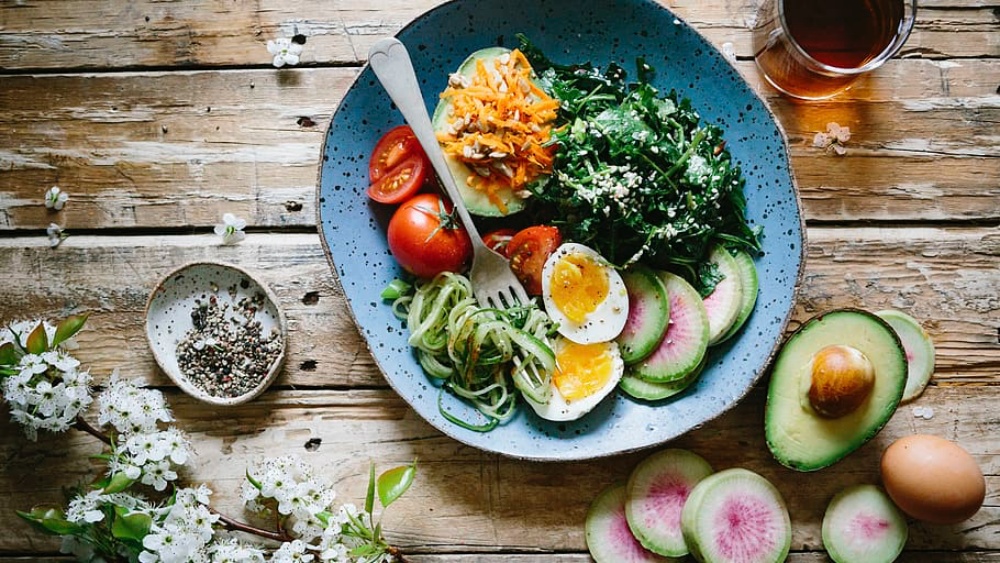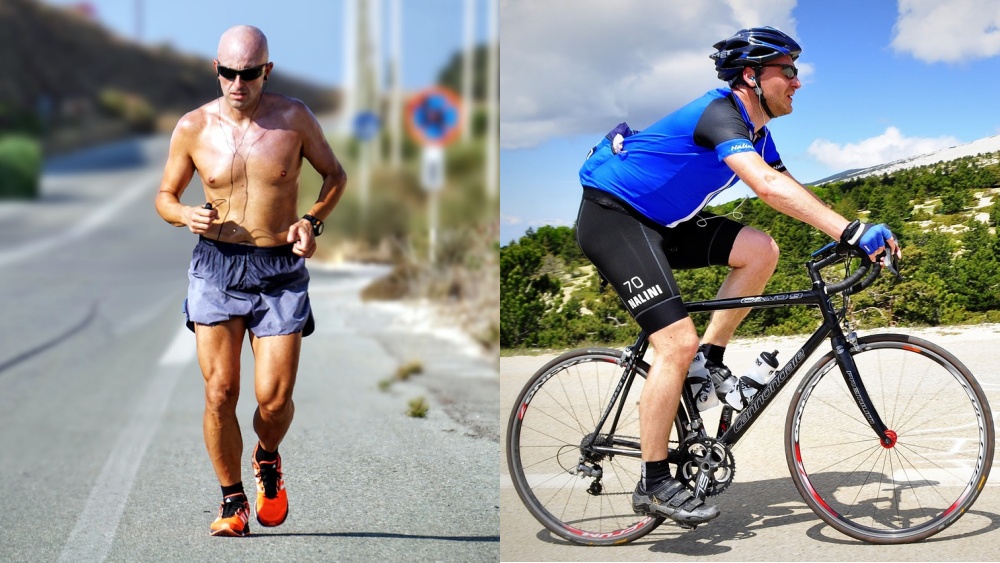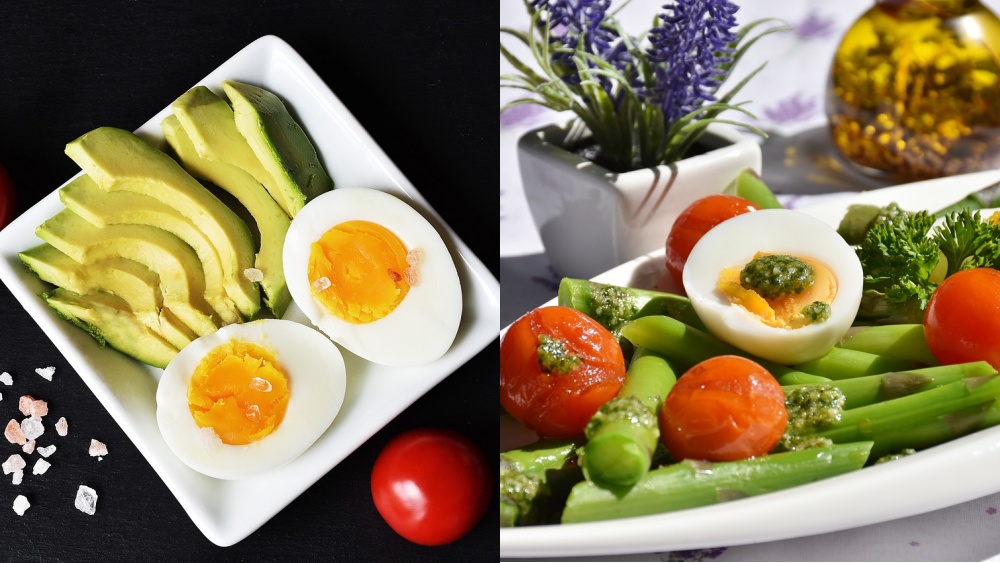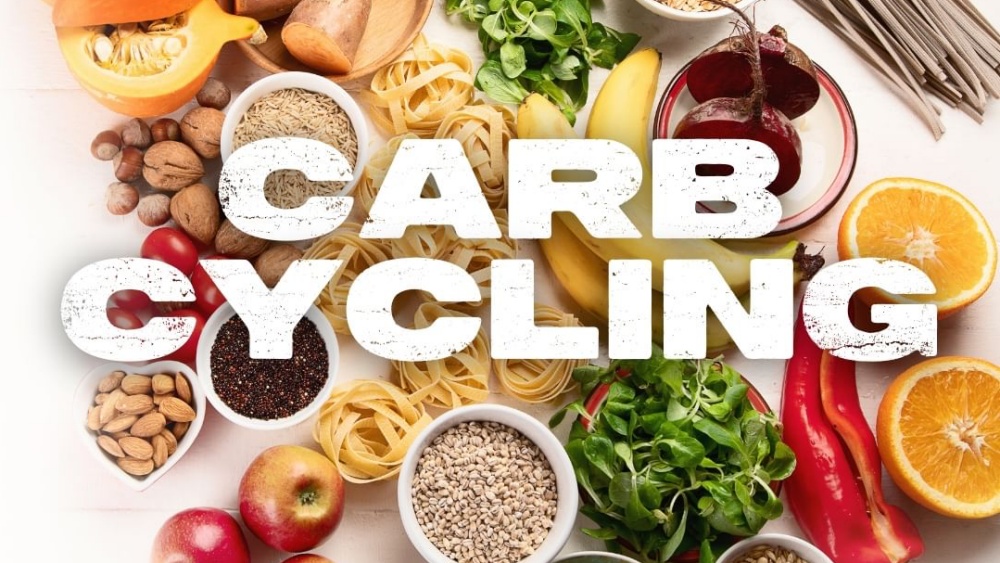The DASH diet has been around for decades, and science shows it’s an effective way to improve your health and reach your weight loss goals. DASH stands for Dietary Approaches to Stop Hypertension.
The DASH diet focuses on foods rich in nutrients like magnesium, calcium, and potassium. These nutrients play a significant role in regulating your blood sugar. High blood pressure is a major risk factor for heart disease and affects about one out of every three people worldwide. Research shows the DASH diet can reduce blood pressure in as little as two weeks. The diet also lowers your bad cholesterol levels (low-density lipoprotein), another risk factor for heart disease.
Everything You Should Know About The DASH Diet
The DASH diet recommends eating more potassium-rich foods while consuming less sodium. Doing this lowers your risk of heart disease, bad cholesterol, and high blood pressure, but the benefits don’t stop there. The DASH diet also lowers your risk of developing colorectal cancer, breast cancer, and metabolic syndrome (a family of health disorders that increase the risk of stroke, heart disease, and Type 2 diabetes).
The DASH diet is one of the more flexible options out there as it doesn’t require you to eliminate your favorite foods, starve, or consume any specific type of food. Instead, the DASH diet is simply about incorporating heart-healthy meals into your lifestyle.
Most of the foods the DASH diet recommends can be found in most grocery stores. Generally, you want to stock up on low-sodium foods rich in calcium, potassium, magnesium, and fiber.
Some of the food items you should stock up on when starting the DASH diet include:
- Whole grains;
- Vegetables;
- Fruits;
- Low-fat dairy products like yogurt, milk, and cheese;
- Legumes, seeds, and nuts.
While the DASH diet isn’t particularly restrictive, some of the foods you should try to avoid include:
- Fatty meats like poultry with the skin on and red meat;
- Full-fat dairy products like butter, cream, and whole milk;
- Any oils that are solid at room temperature, like palm and coconut oil;
- Sugary beverages like soda, fruit juices, and sweetened coffee, and;
- Sugar-rich foods like desserts, baked treats, and candy.
The DASH diet doesn’t require you to eliminate all these foods from your diet completely to enjoy its benefits. These types of food raise your blood pressure, so take small steps to remove them from your diet. You can still enjoy these things occasionally – just don’t make consuming them a regular thing.
You’re free to eat lean meats on the DASH diet, but consuming no more than 6oz of meat per day is recommended. Many people overeat meat at the expense of vegetables and fresh fruits.
Sodium Limits
Most people consume too much salt (sodium), and salt-rich diets are a risk factor for heart disease and high blood pressure. The DASH diet recommends taking in no more than 2,300 milligrams of sodium per day and aiming for about 1,500 milligrams per day.
Combining nutrient-rich foods with a lower sodium intake has been shown to lower blood pressure significantly. Many people on the DASH diet report lower blood pressure in as little as a couple of weeks.
Most of the sodium we consume doesn’t come from the salt containers in our kitchens. Many packaged and processed foods have high salt content, even when they don’t taste like they do. Take-out, in-flight food, and restaurant meals also have high sodium content. You must pay attention to the food labels of your favorite packaged treats to ensure they don’t have excessive amounts of sodium.
Other simple things you can do to reduce your sodium intake include:
- Ask for the sodium content of dishes when dining out and ask for your food to be prepared without salt, seasonings that contain salt, or MSG.
- Try to skip condiments and sauces that are typically high in sodium, like ketchup.
- Learn to spot words that indicate something has high sodium content like broth, soy sauce, pickled, cured, or smoke.
- Substitute salty snacks like chips with vegetables, fruits, and nuts.
Losing Weight With The DASH Diet
Getting on the DASH diet plan will get rid of some of the excess fat on your frame. Limit your carbohydrate intake while you’re on it, and you’ll be at your desired weight in no time.
The formula for weight loss requires you to consume fewer calories than your body needs daily to force it to tap into your fat reserves for energy. Figure out how many calories you should consume daily based on your activity level and age, and aim to consume about 500 calories less than that number. There are countless free online calculators you can use to estimate what your daily caloric intake should be.
Creating Meal Plans For The DASH Diet
Meals on the DASH diet look different for everyone since the diet simply prioritizes healthier foods over the less healthy ones. Take the time to look at the labels of any foods you regularly consume to know how much sodium they contain. How food is packaged often affects its sodium content.
For example, original oats typically have zero sodium, while instant oatmeal packs typically have added sodium. Check for low or zero-sodium options before giving up on any foods you enjoy regularly.
Beans are a significant part of the DASH diet, given their high protein content. Remember, the DASH diet limits you to 6 ounces of meat daily, so you’ll need to get a considerable portion of your protein from legumes like beans, dairy products, and nuts. Canned beans are just as good if you don’t have time to cook beans. Just look for low-sodium options.
You don’t have to make drastic changes to most of your meals. Just substitute less healthy foods with healthier alternatives. For example, if you like stir fry, you can keep enjoying it on the DASH diet. You simply use less salt, add more vegetables, and swap white rice with whole grain rice.
Simple things you can do to modify your current eating habits for the DASH diet include:
- Cut back on sodium-rich sauces.
- Add more fruits and vegetables to your meals.
- Eat less meat and choose leaner options.
- Swap white bread with whole grain bread.
- Replace solid oils and butter with unsaturated oils like avocado, canola, or olive oil.
- Avoid salty or sugary processed foods and beverages.
You may also like:


















